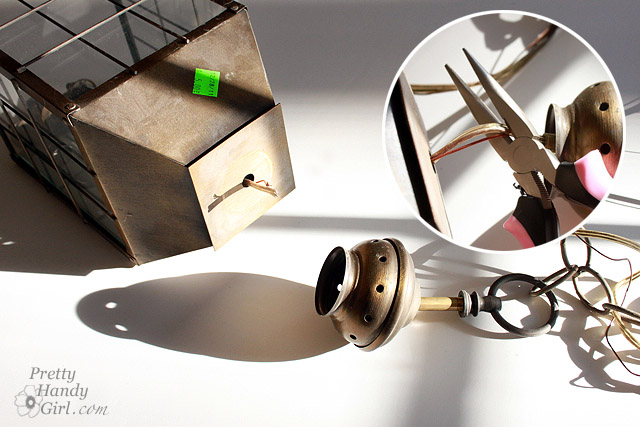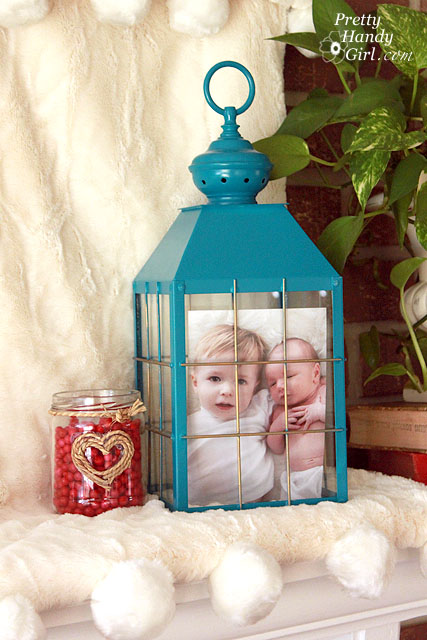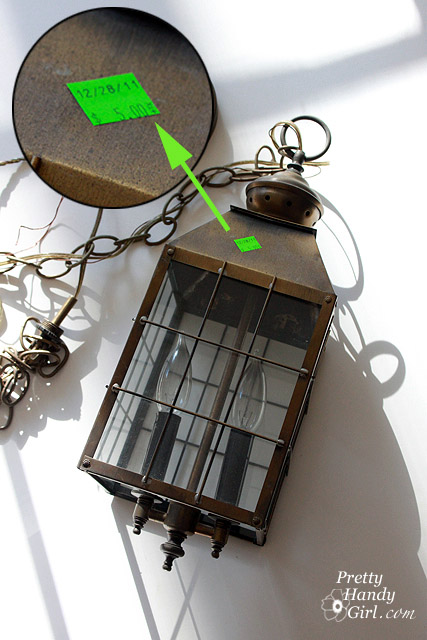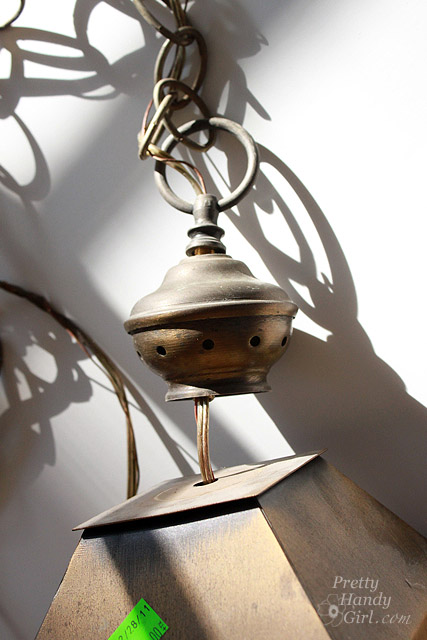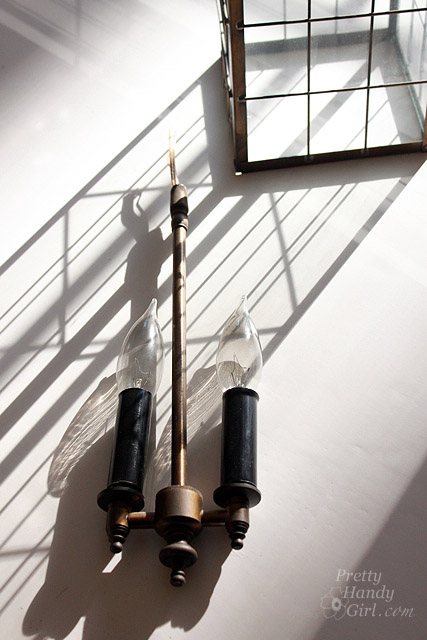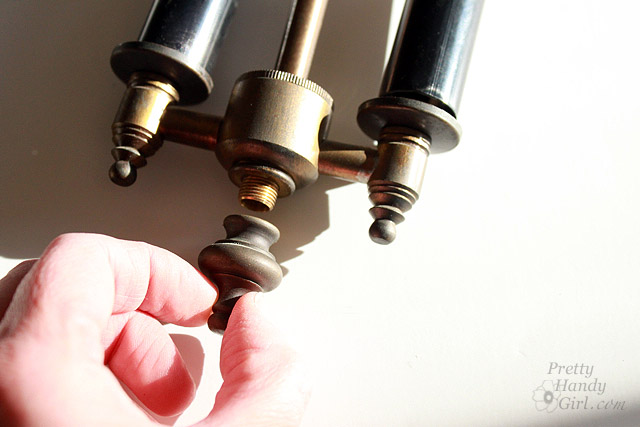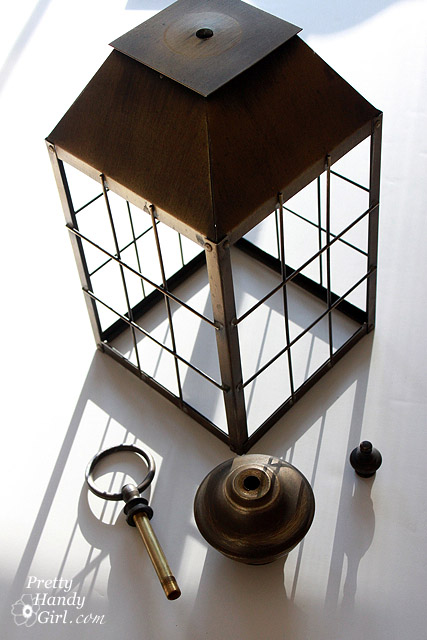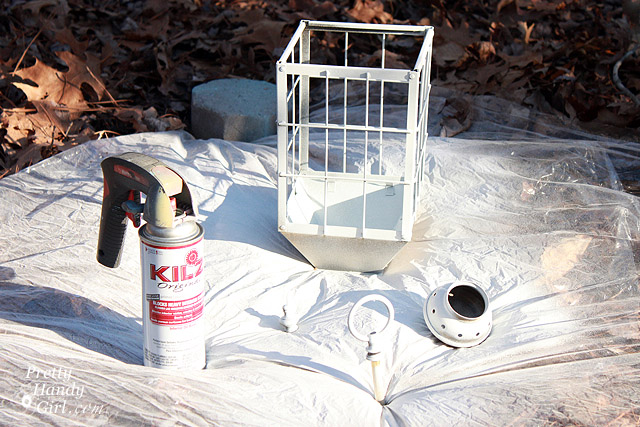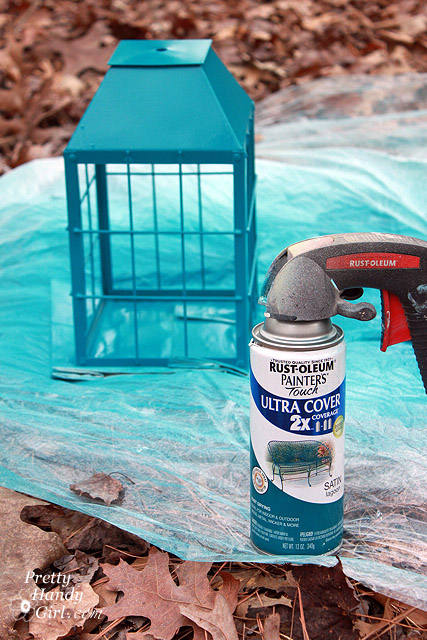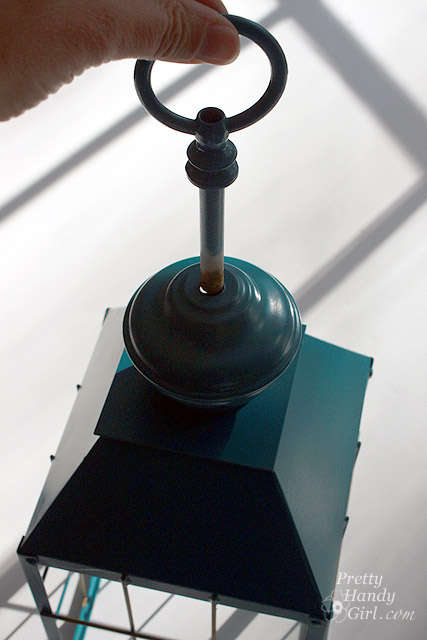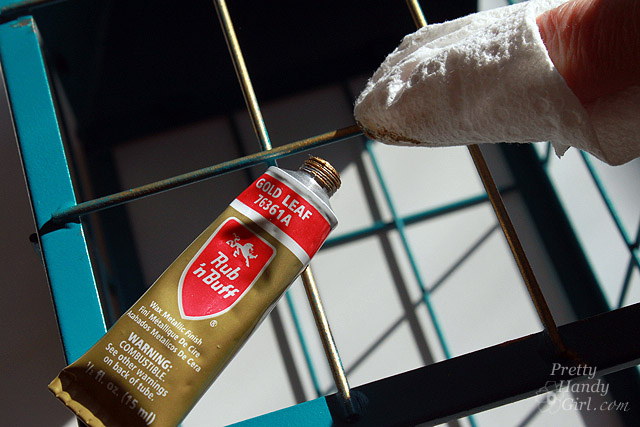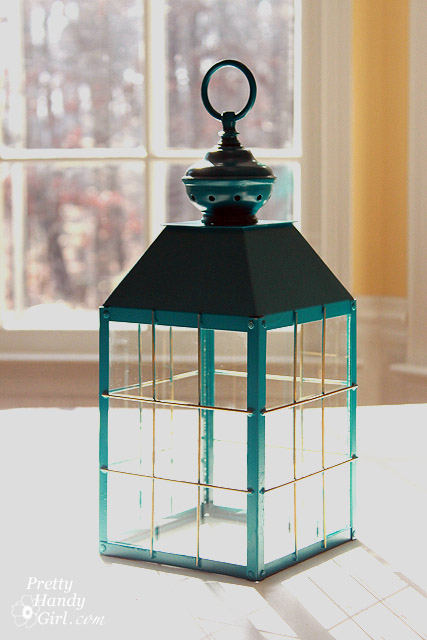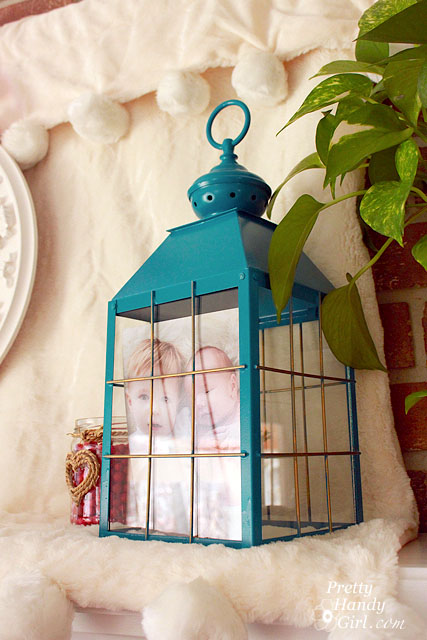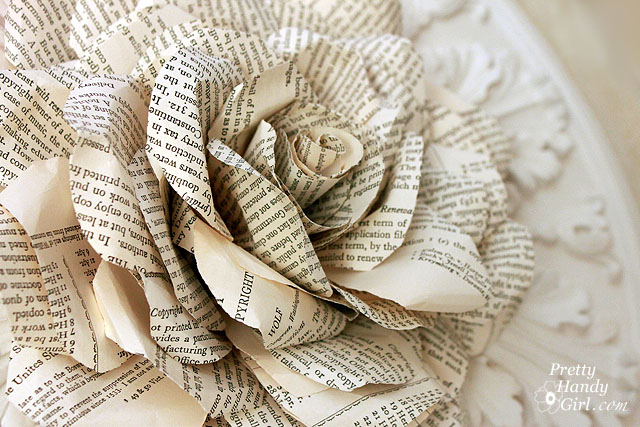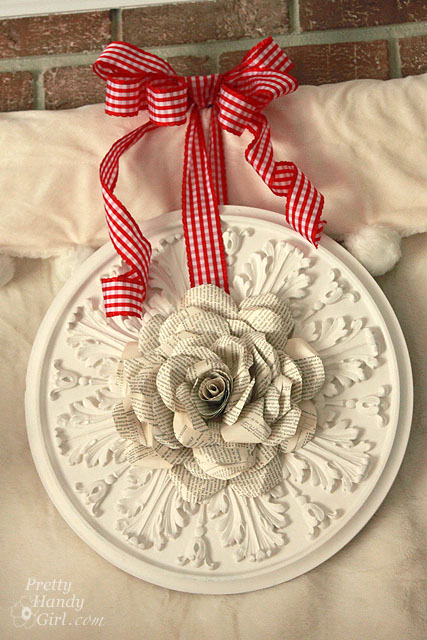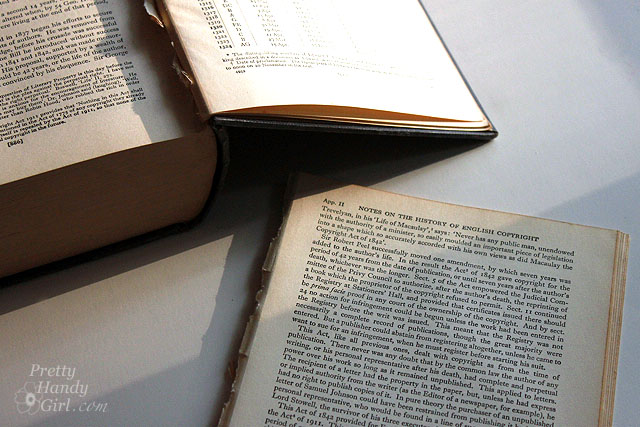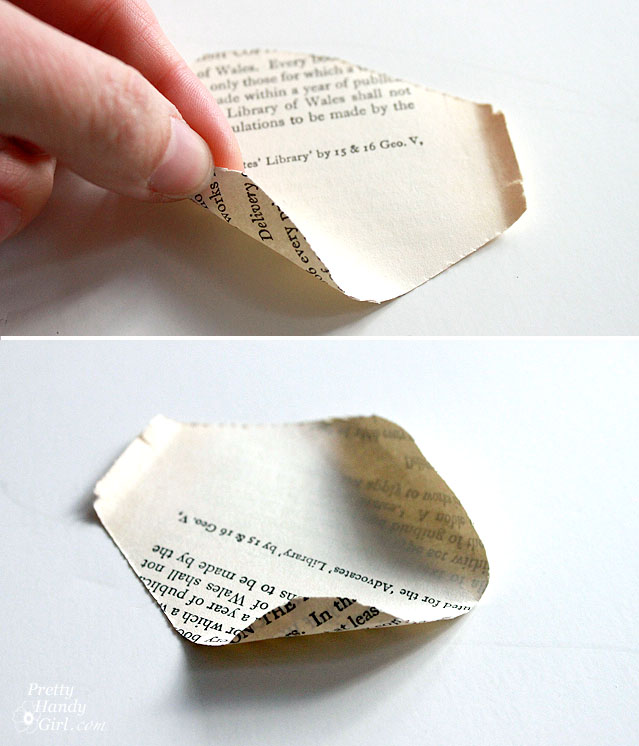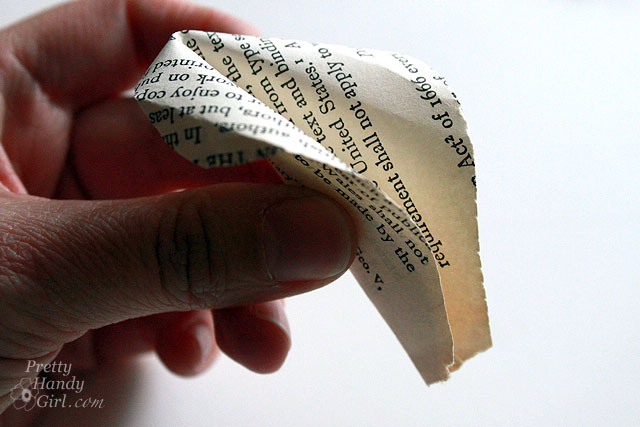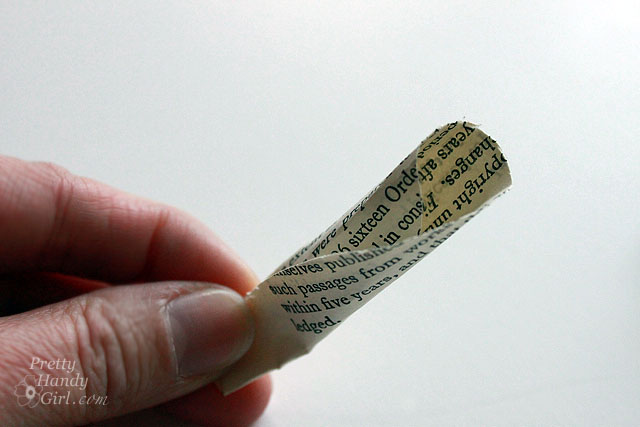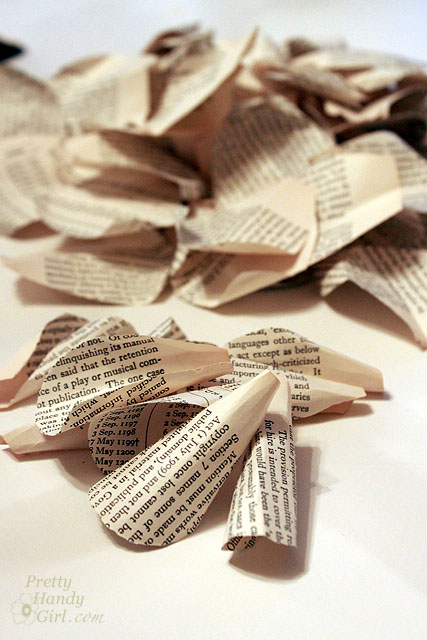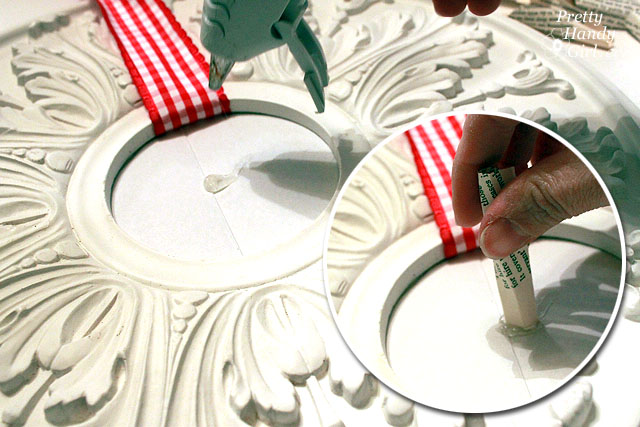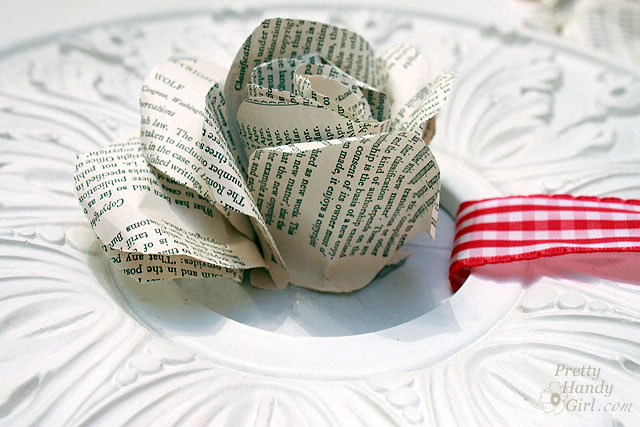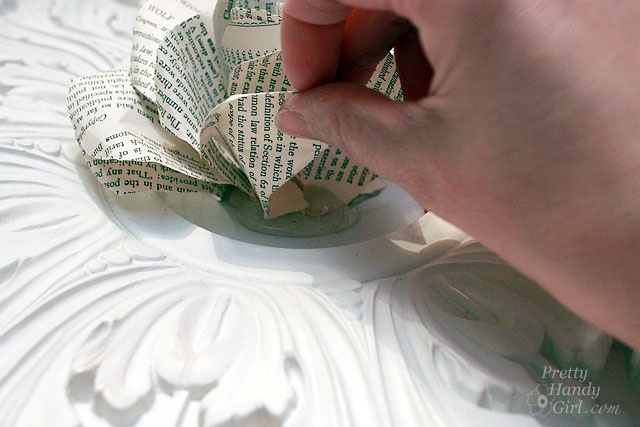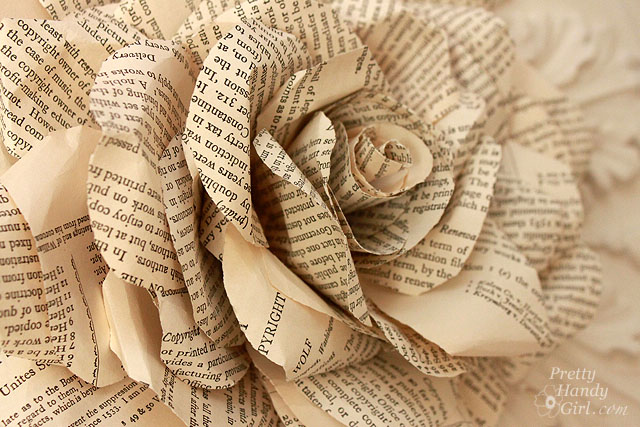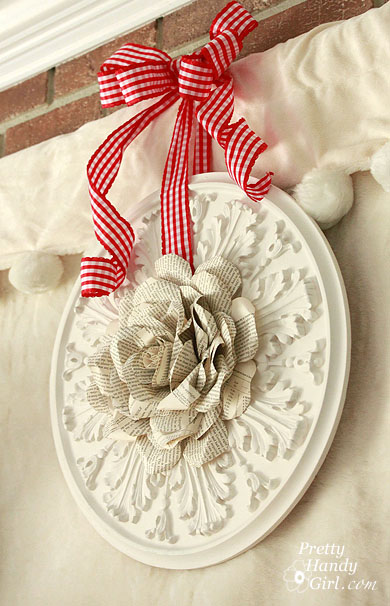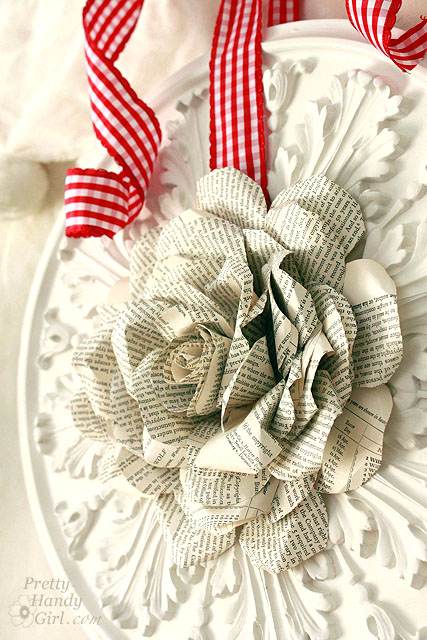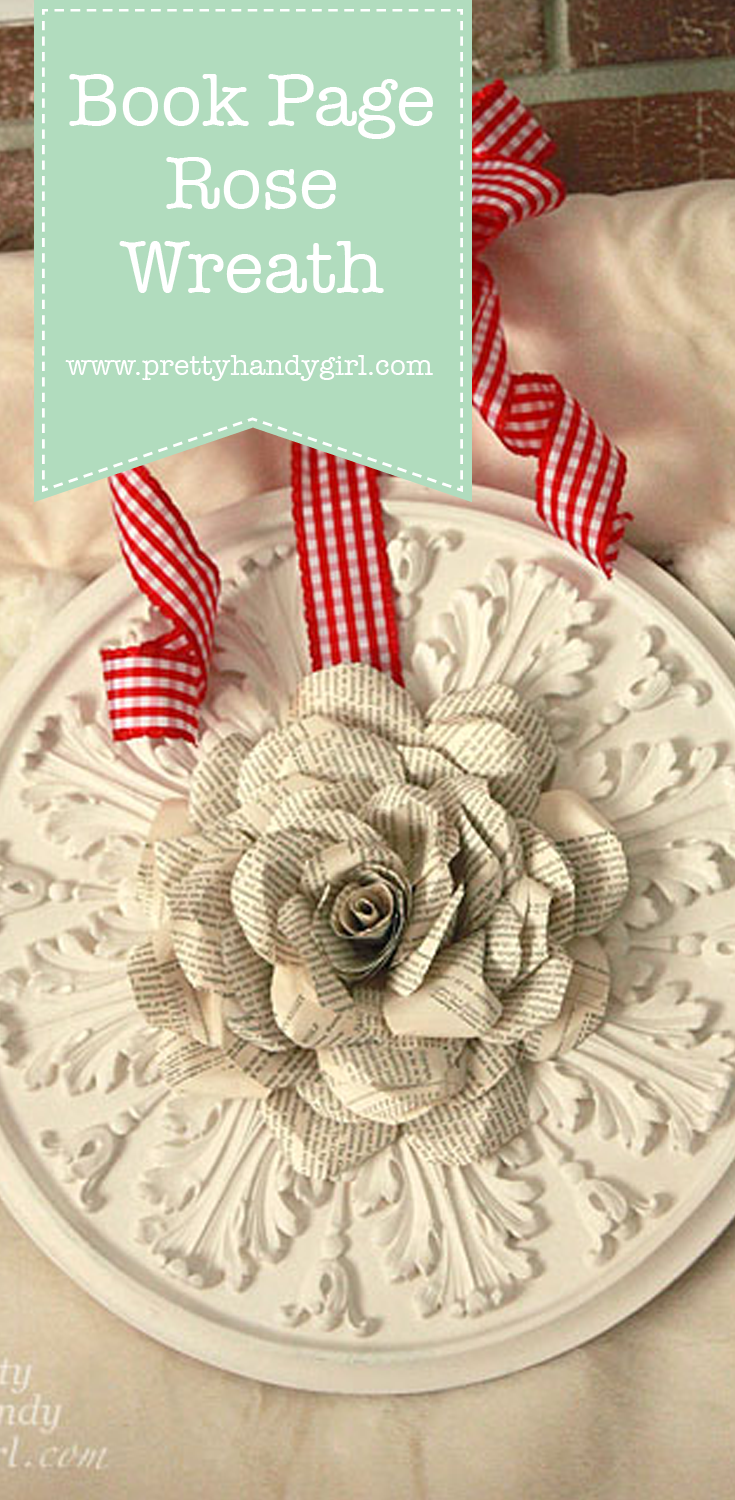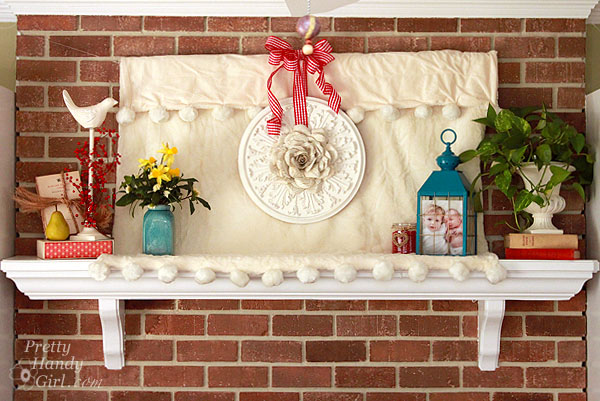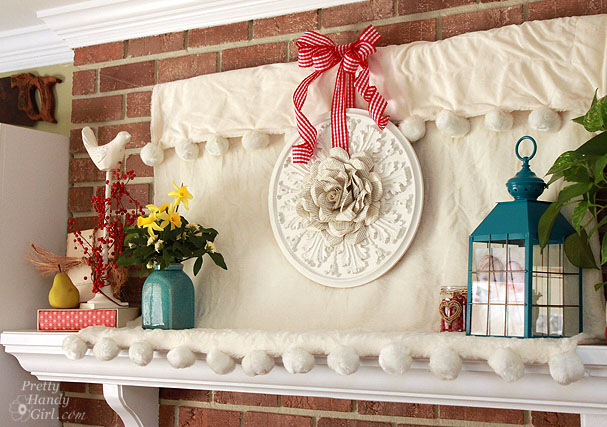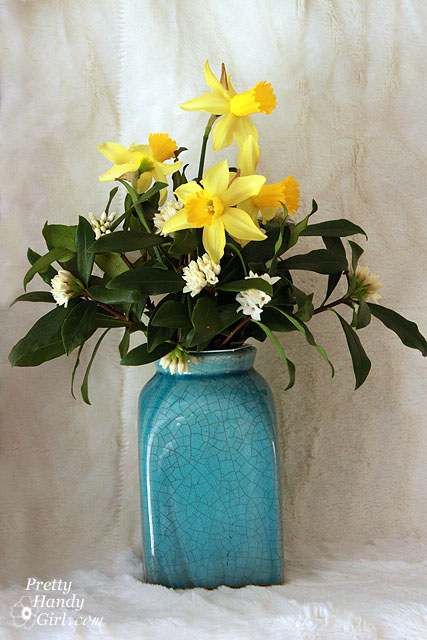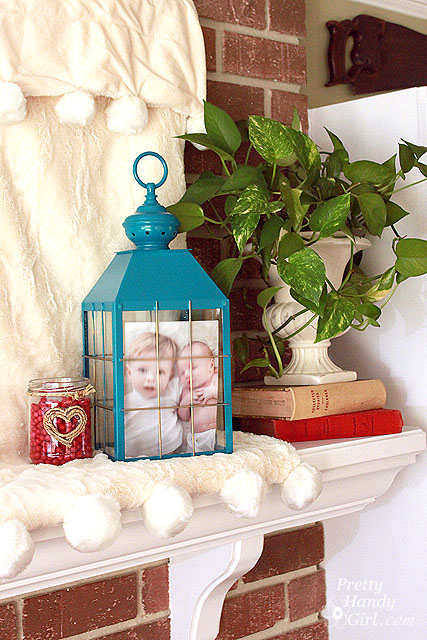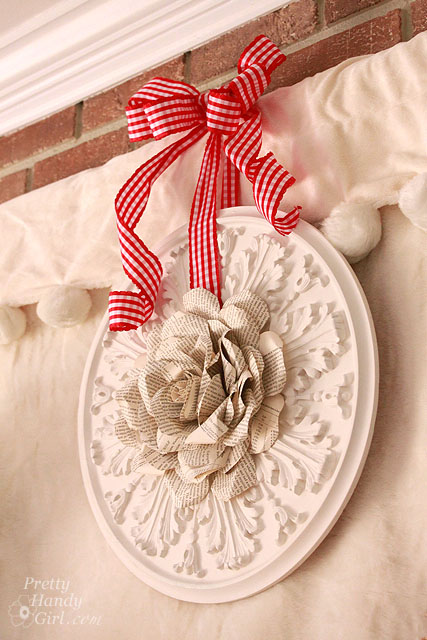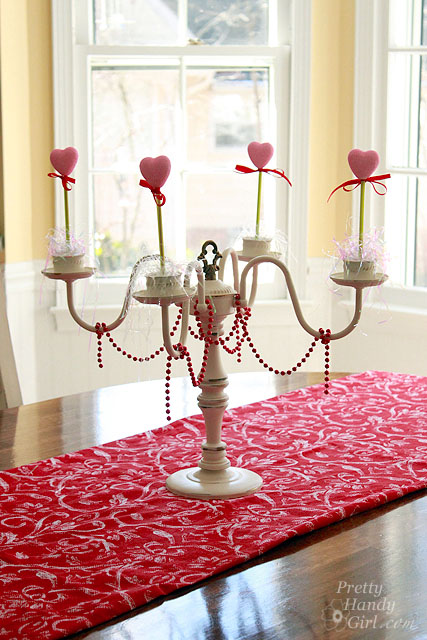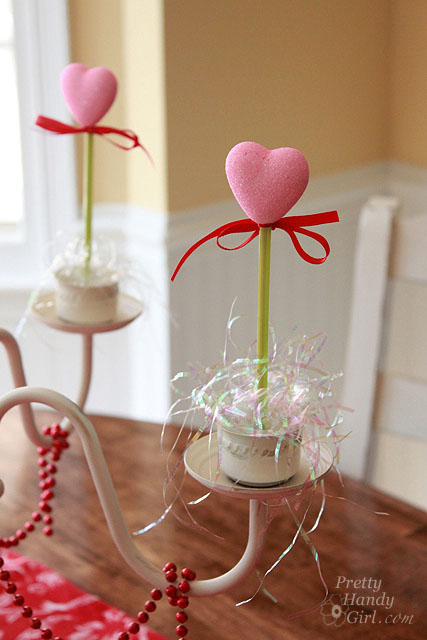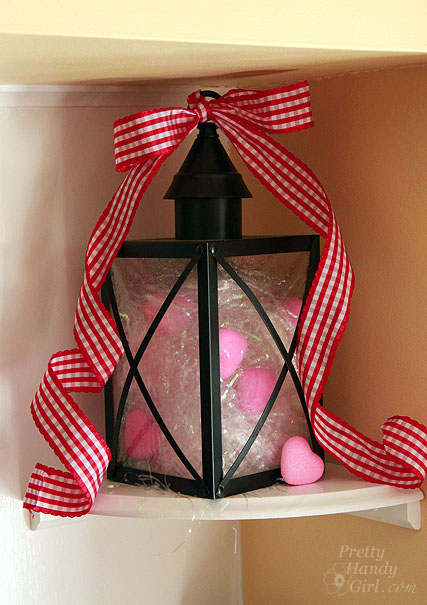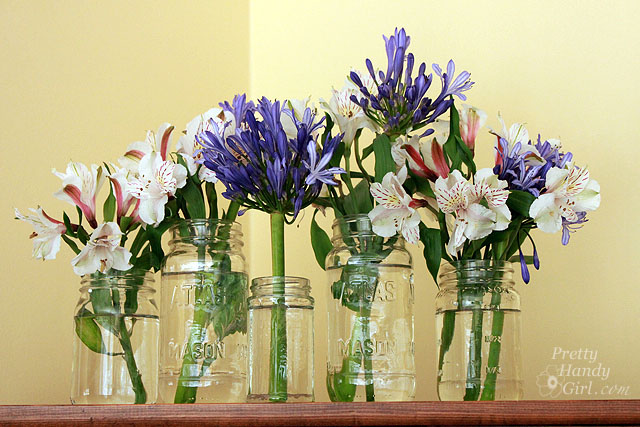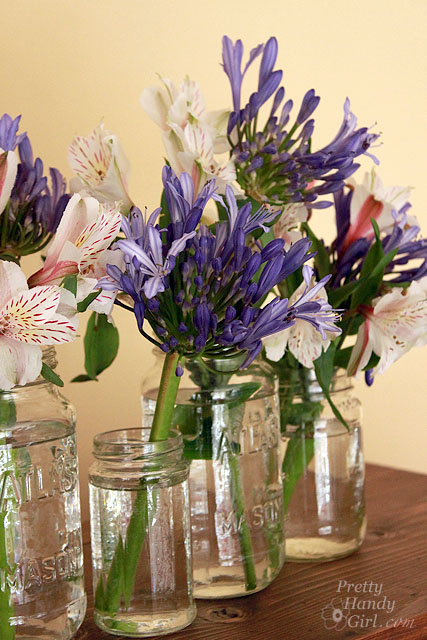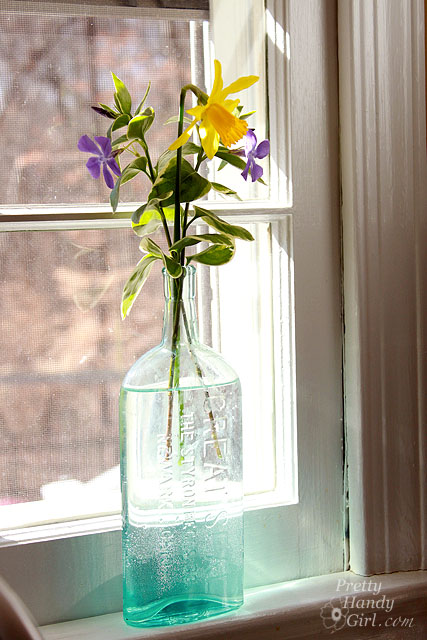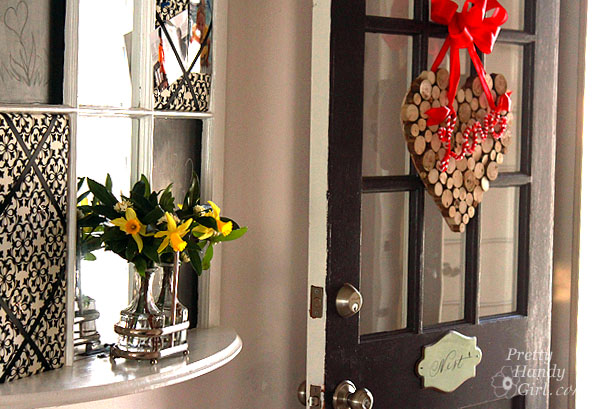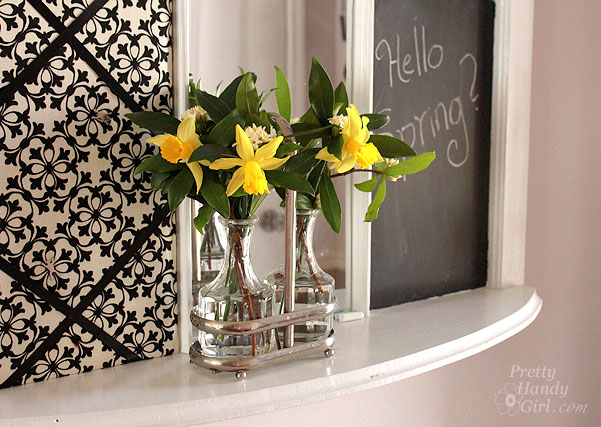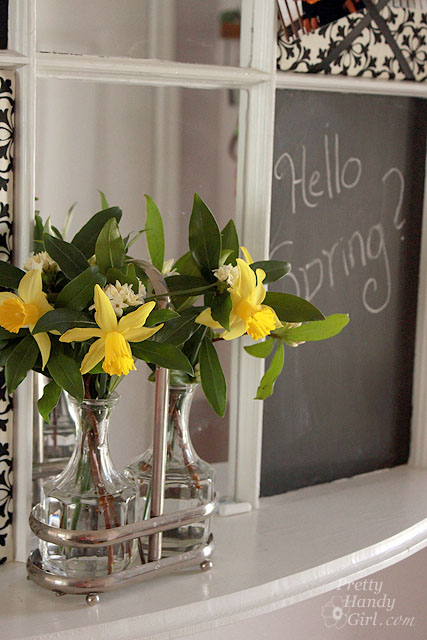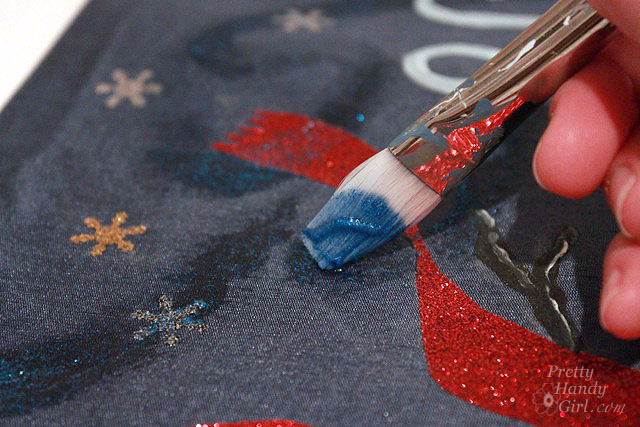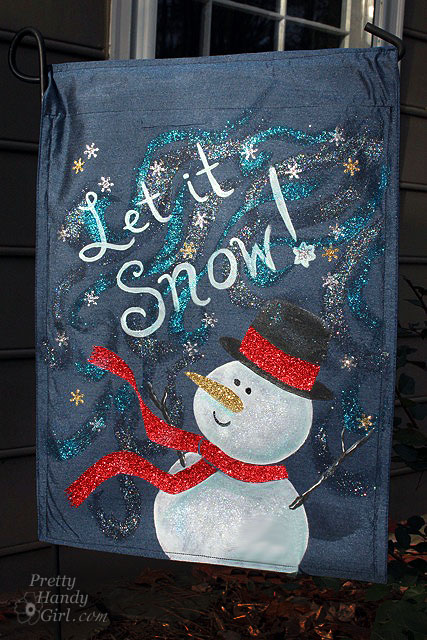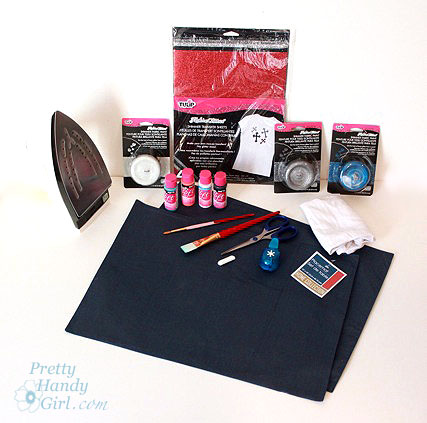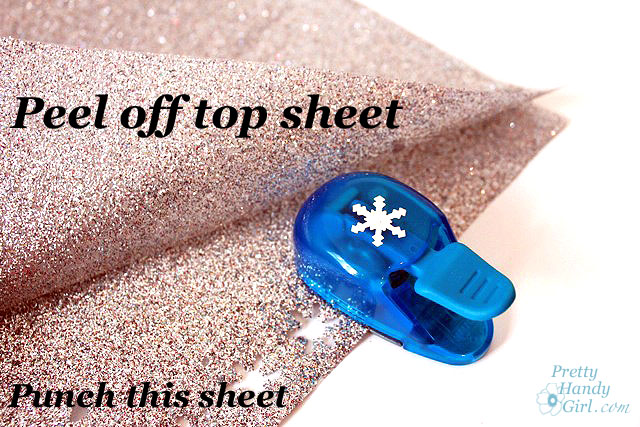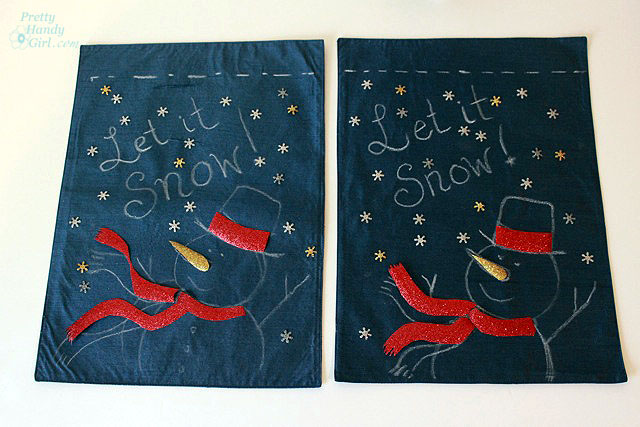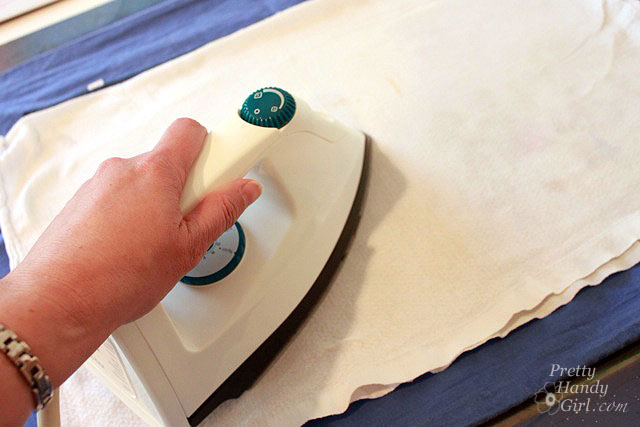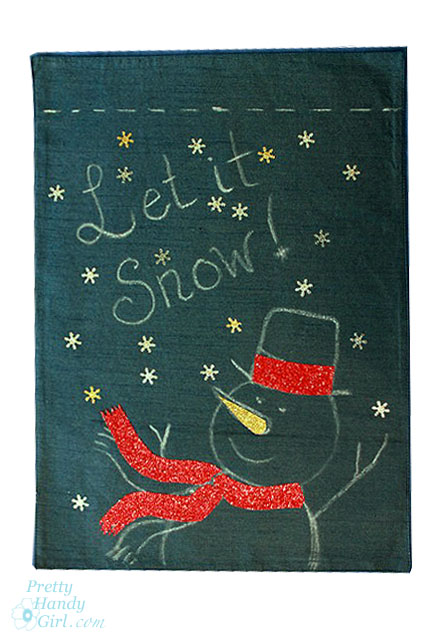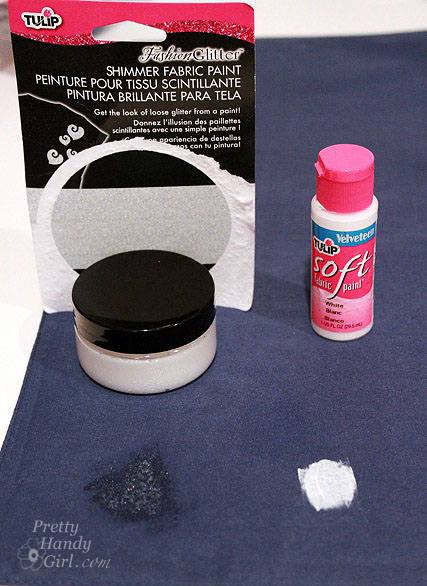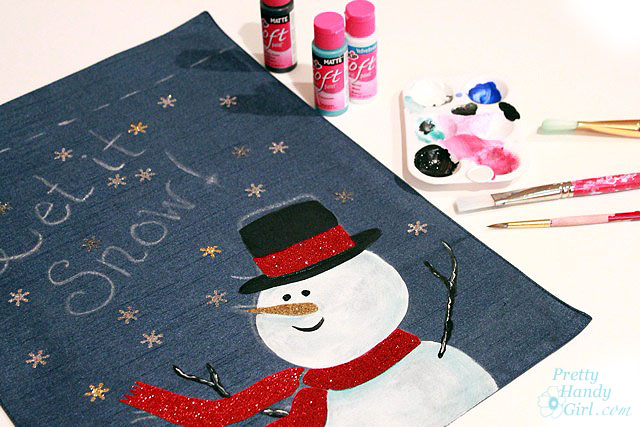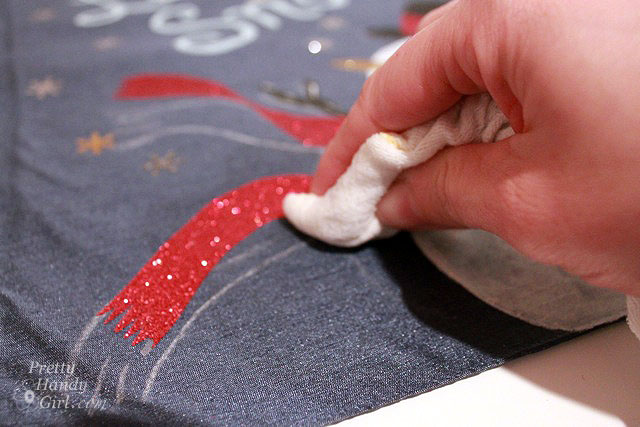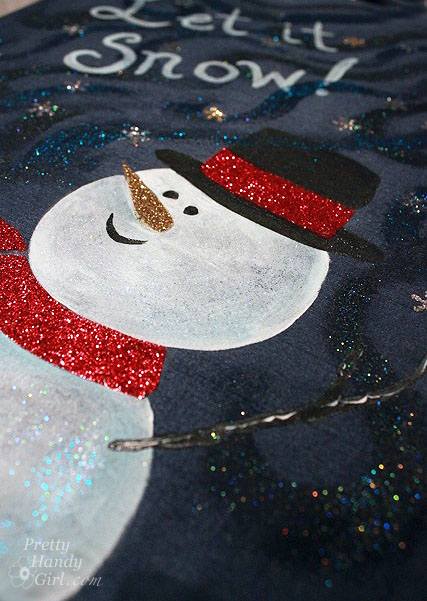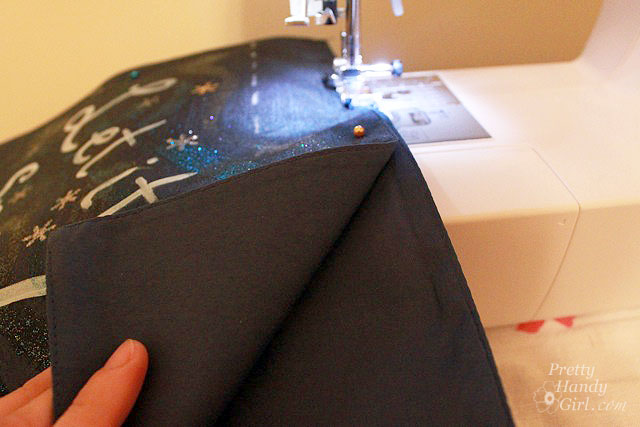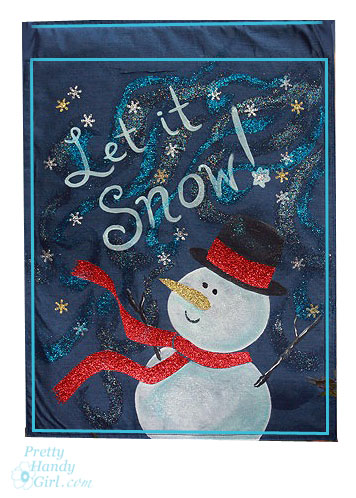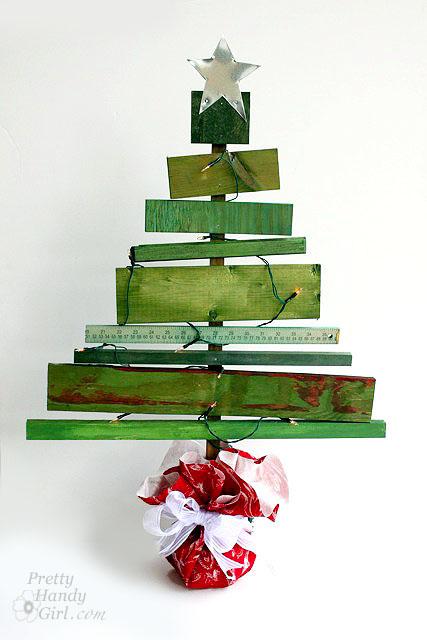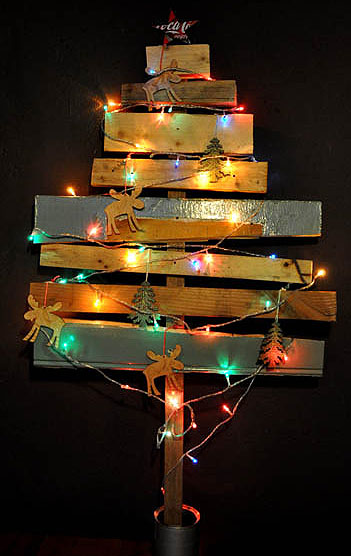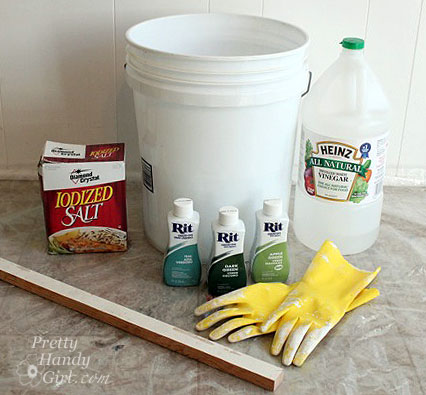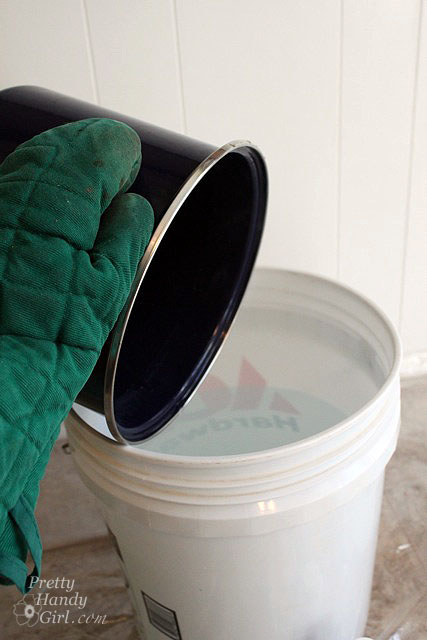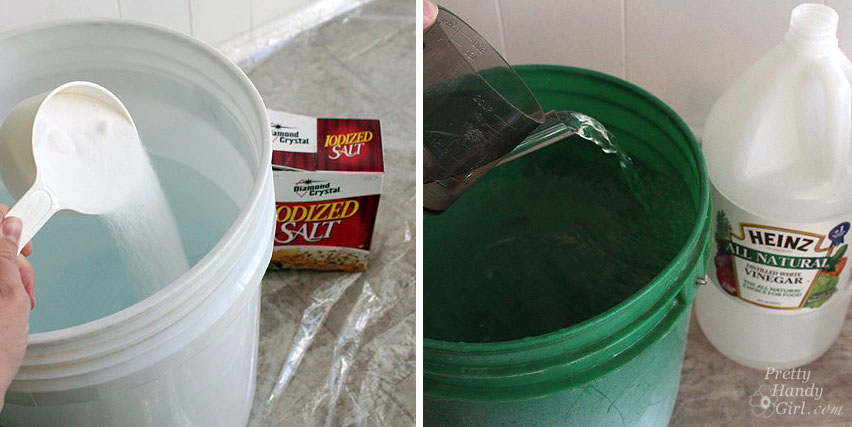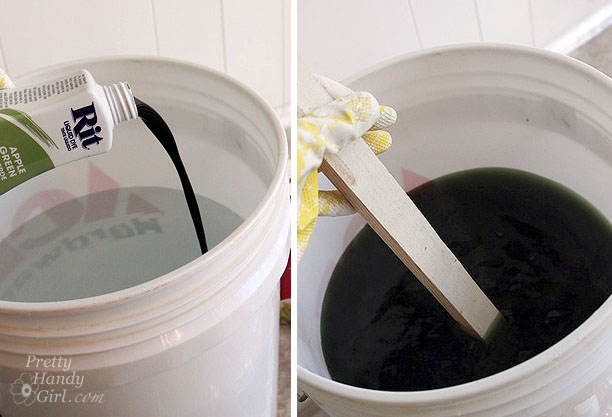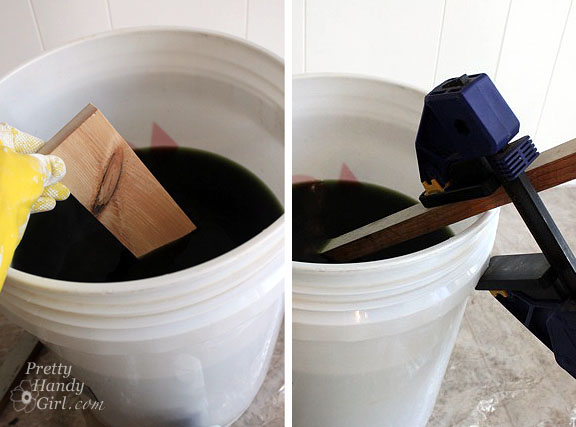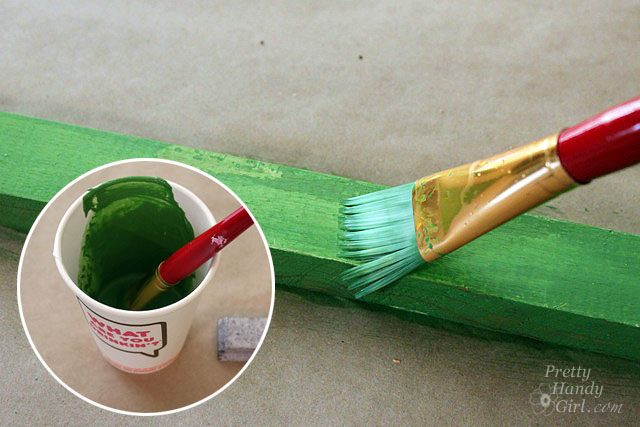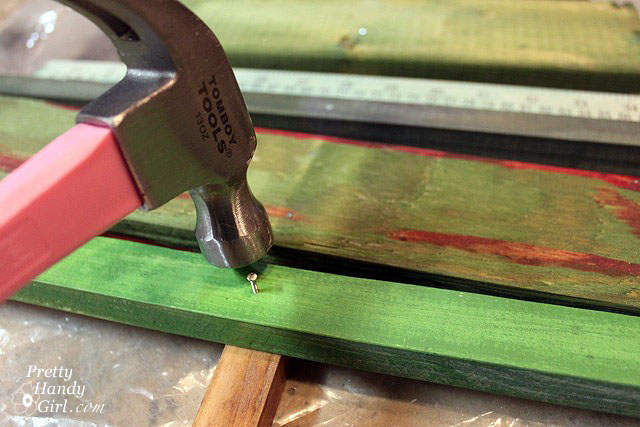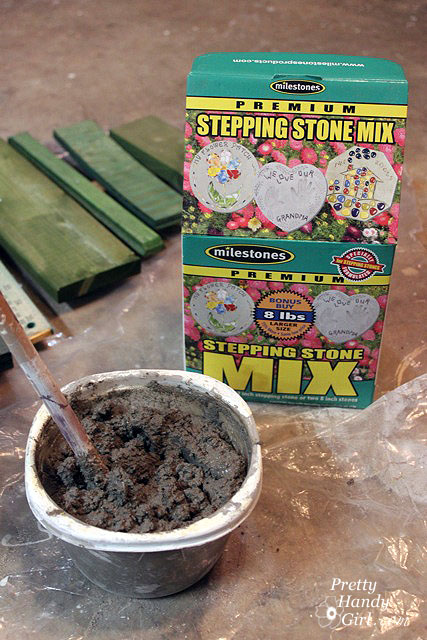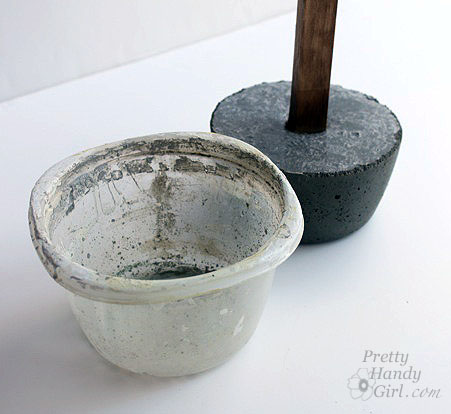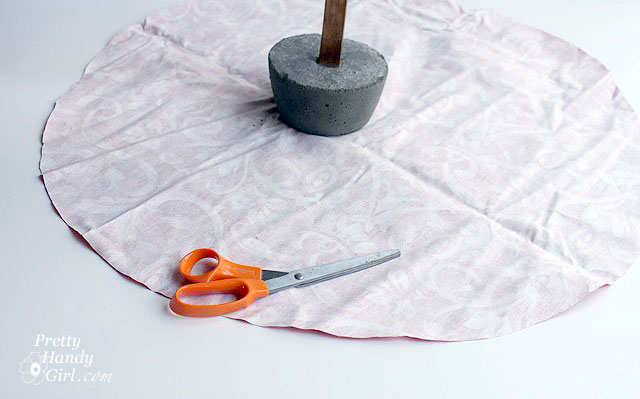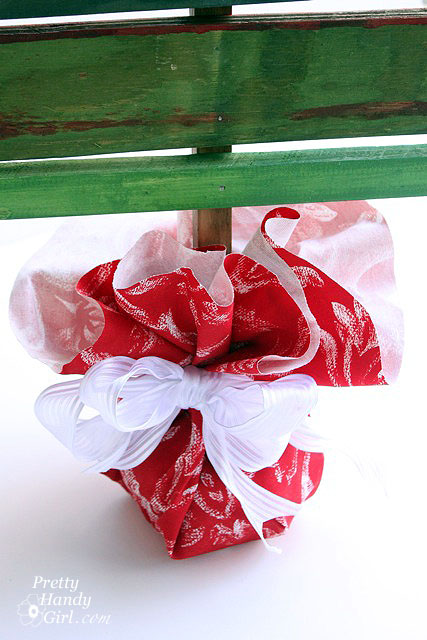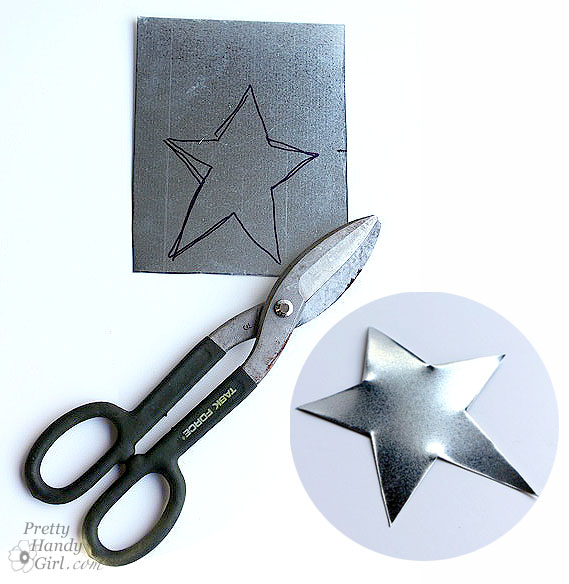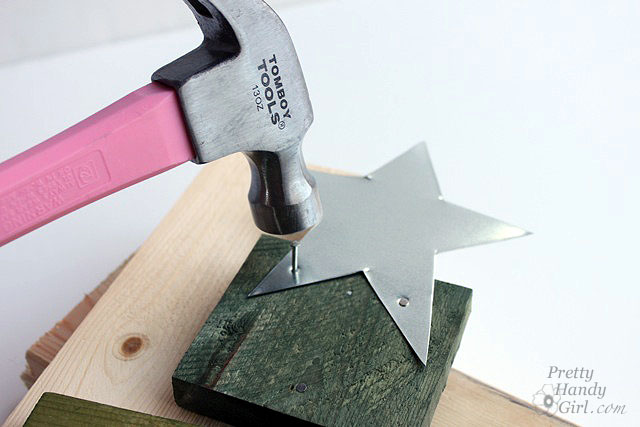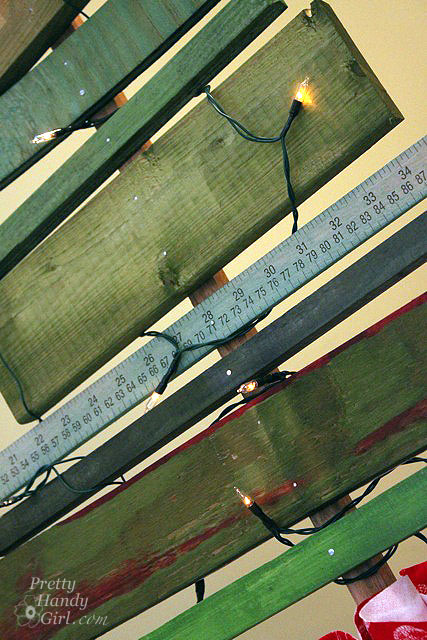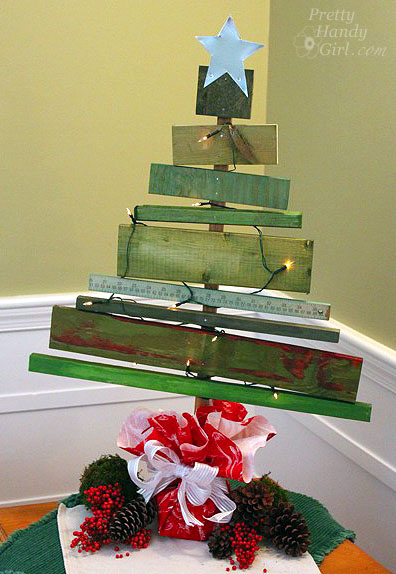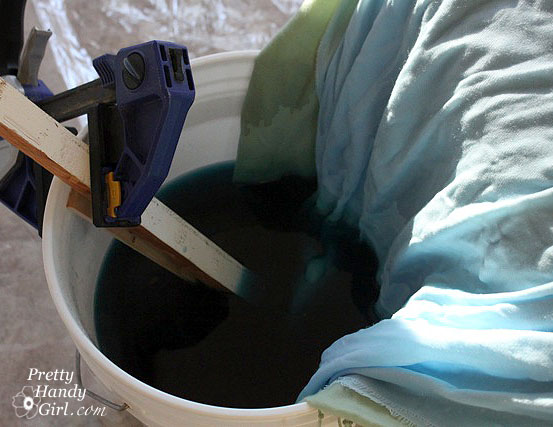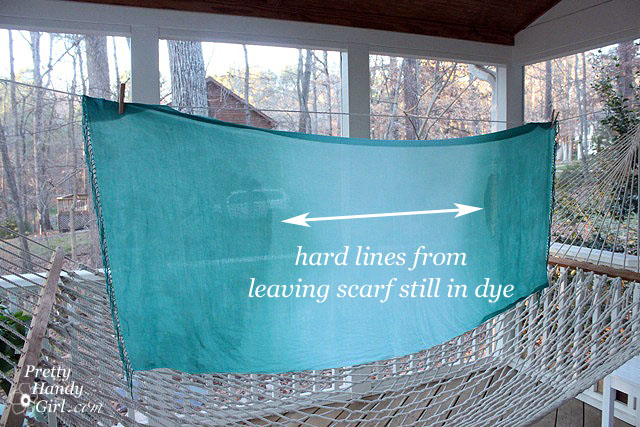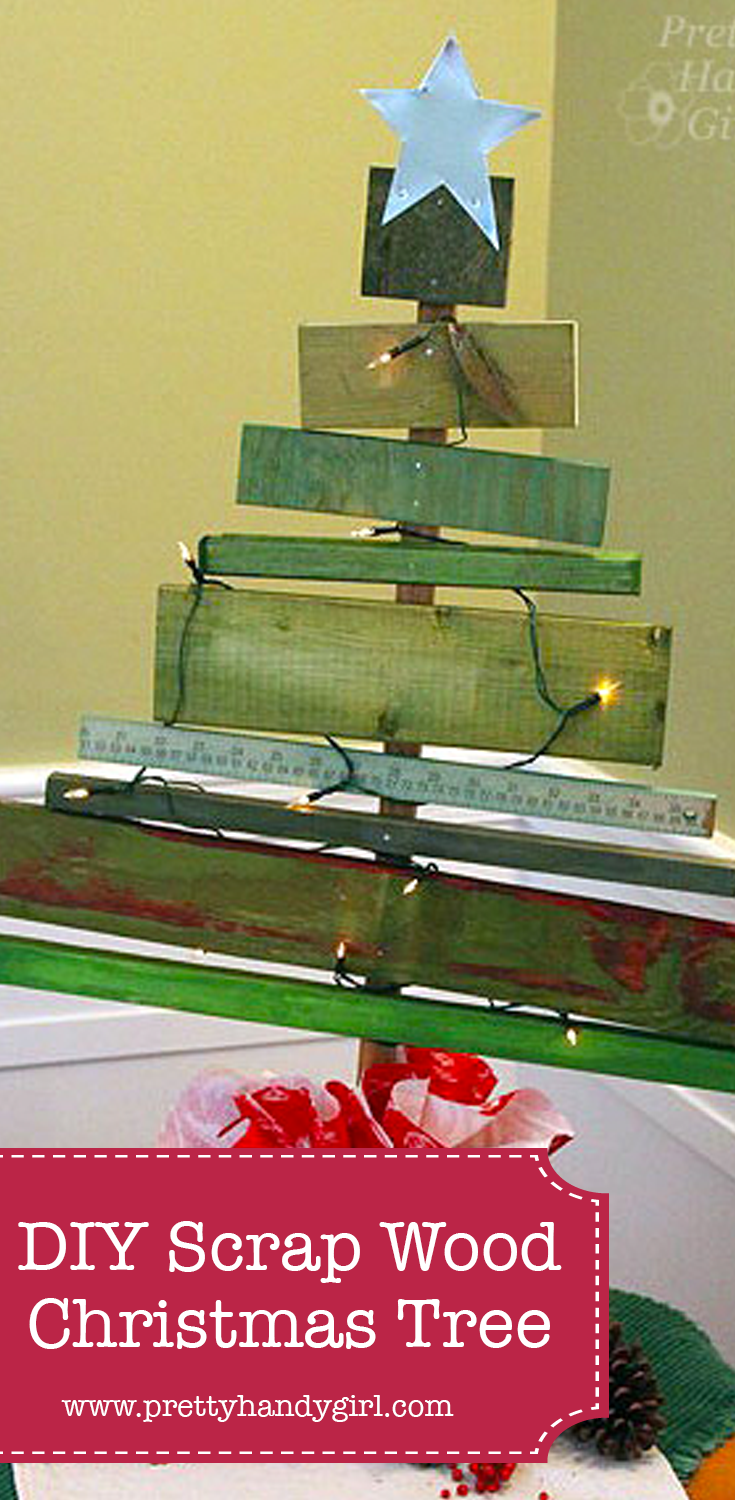Thanks to my Facebook fan, Heather H., for the ultimate compliment on this lantern. She asked if I got it at Pier 1! Nope Heather, I got it at the Habitat ReStore and it found its way into my hands in this condition:
After a Women Build meeting at the Habitat ReStore a month ago, I spied that dusty relic. An old discarded hanging light fixture. I grabbed it and promptly paid $5 for it. Then I got to chatting with the clerk at the ReStore and absentmindedly walked out without my lantern. By the time I remembered, the ReStore had already closed. It was sad… it was tragic… I didn’t know when I’d be reunited with my light fixture because the ReStore is about 25 minutes away from my home. But, there is a happy ending to my story, my mother-in-law (who gives a good name to all MILs out there) offered to swing by the ReStore the following day to pick up my lantern for me. Hugs to her for reuniting us. But, I had to laugh at the look of skepticism she gave me as she handed over the dusty light. She couldn’t see its true potential, but I could.
How about you? Would you have passed this light fixture by? Or would you have seen the potential?
Well, next time you see a light fixture like that, grab it and I’ll show you how to transform it.
Materials:
- Old lantern style light fixture
- Pliers
- Wire cutters
- Two screwdrivers (at least one needs to be flat head)
- Damp rag
- Sandpaper
- Plastic drop cloth
- Kilz spray primer
- Rustoleum Lagoon spray paint
- Rub n’ Buff Gold Color
- Paper towels
Step 2. Use wire cutters to cut the wire to the light housings.
Step 3. Pull the light sockets, bulbs and lighting out of the lantern.
Step 4. Remove the finial from the bottom of the lighting and set it aside with the lantern. Discard or keep the lighting parts for some other project.
Step 5. If there is a chain attached to the lantern, insert the two screwdrivers into the link attaching it to the lantern. Rotate the two screwdrivers in opposite directions as shown to pry the chain link apart.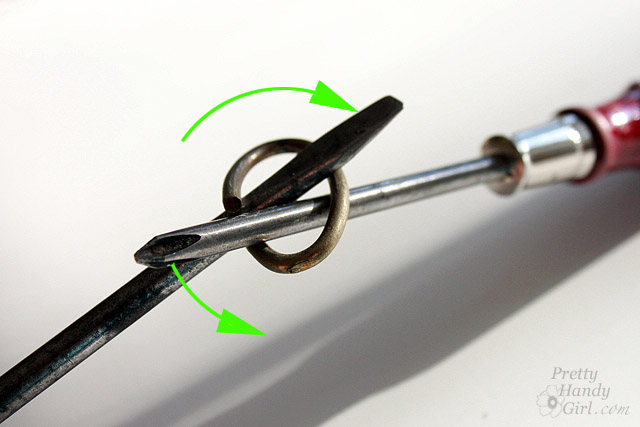
Step 6. Pry up the tabs on the lantern that are holding the glass in place. Remove the glass panels and set them aside.
These are the parts that I kept for the lantern:
Step 7. Wipe all the parts with the damp rag to remove any dust and debris. Then scuff the lantern parts with sandpaper and wipe off any remaining dust.
Step 8. Set the lantern and parts outside on the drop cloth. Spray them with Kilz primer, flip the pieces over and spray again.
Step 9. When the primer has dried, inspect the lantern for any paint drips that need to be sanded smooth.
Step 10. Spray paint the lantern and parts with Rustoleum Lagoon. Flip everything after the first coat is dry and spray a second coat of paint.
Step 11. After the lantern has dried thoroughly, reassemble the lantern.
Screw the finial onto the inside of the lantern where the lighting used to attach.
Step 11. Wipe a small amount of rub n’ buff on a dry paper towel. Rub it on the cross bars of the lantern.
Step 12. Clean the lantern glass with windex and a clean rag. Then insert the glass panels back into the lantern.
Admire your new aqua beauty!
The hardest part of this project was trying to decide where to display my lantern. I could see it in every room of our home!
But, ultimately I gave it a place of prominence on our mantle. And included an old picture inside it.
Have you seen these old light fixtures? Could you ever guess that they could be turned into beautiful decorating gems?
Have a great weekend y’all. I hope you make a trip to your local Habitat ReStore and search for your own lantern.
 I hope you’ll join Heather and some other friends on Facebook so you can see what I’m up to next!
I hope you’ll join Heather and some other friends on Facebook so you can see what I’m up to next!
Sharing with Tater Tots and Jello Weekend Wrap Up Party

